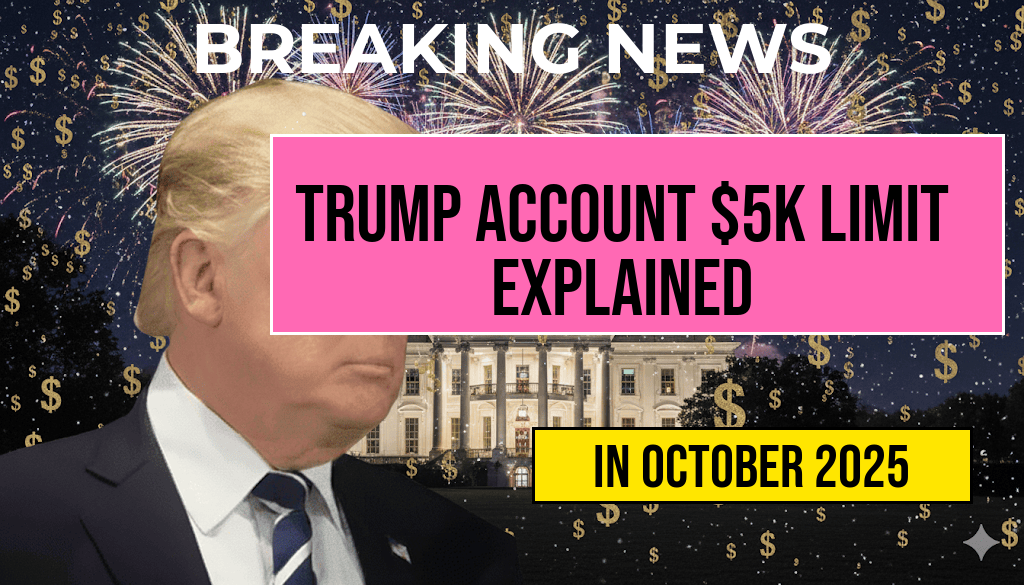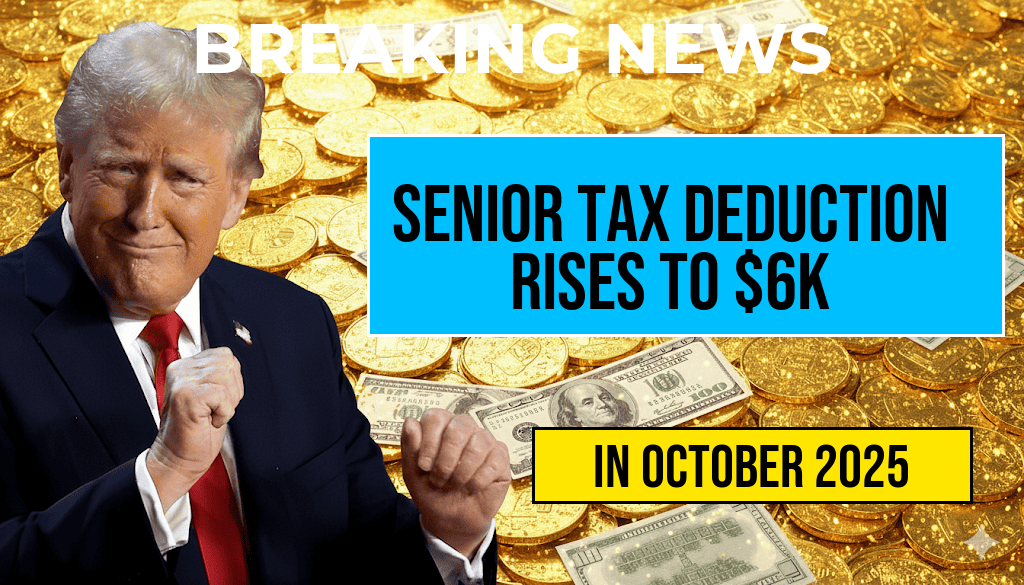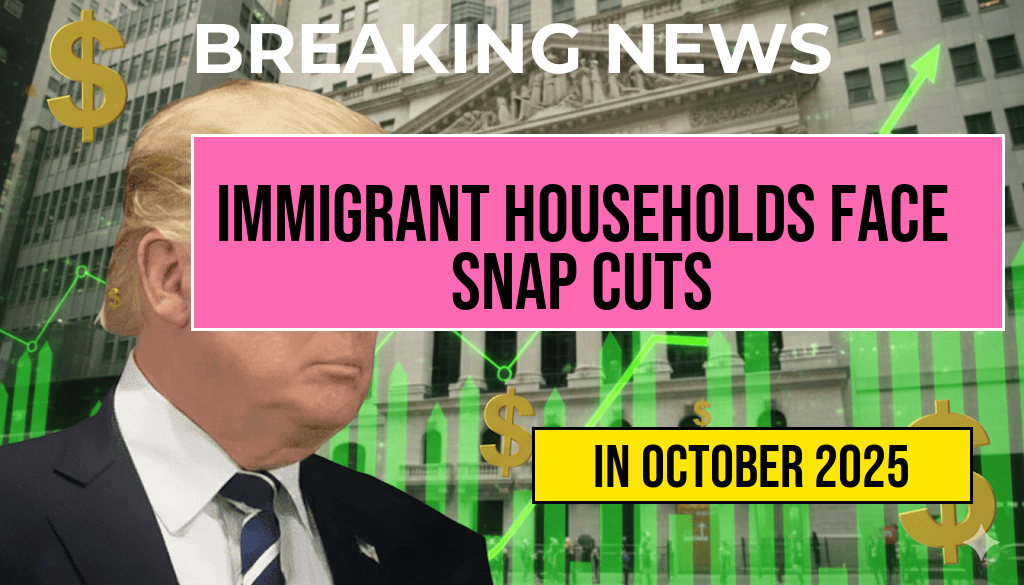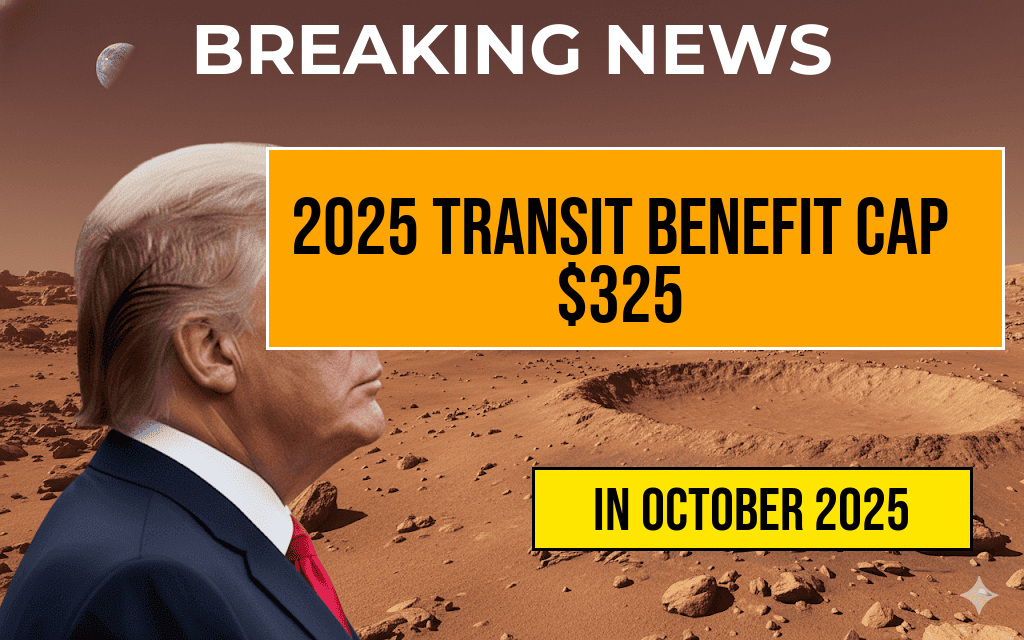Recent discussions around the $5,000 annual contribution limit to accounts associated with former President Donald Trump have garnered significant attention from financial experts and political analysts alike. This limit, part of a broader regulatory framework governing political contributions and campaign finance, raises questions about its origins, implications, and potential impact on fundraising strategies. While some interpret it as a measure to curb influence, others view it as a strategic cap that shapes how supporters and donors engage with Trump’s political activities. Understanding the specifics of this contribution limit involves examining the legal foundations, the types of accounts affected, and the broader context of campaign finance regulations in the United States.
The Legal Framework and Origin of the $5,000 Cap
Federal Campaign Finance Laws
The $5,000 contribution limit stems from federal statutes designed to regulate the amount individuals and entities can contribute to political campaigns and related accounts. Primarily, the Federal Election Campaign Act (FECA) sets these caps to prevent disproportionate influence by large donors and to promote transparency in political financing. As of 2023, individual contributions to a candidate’s campaign committee are capped at $2,900 per election cycle, but contributions to certain affiliated entities or accounts, such as super PACs or leadership PACs, may be subject to different thresholds.
Specifics Pertaining to Trump-Related Accounts
Accounts associated with Donald Trump, particularly those used for political fundraising or support activities, often operate within a complex web of legal structures. The $5,000 limit generally applies to direct contributions made to Trump’s campaign committee or certain affiliated political action committees (PACs). Some reports suggest that this cap also influences contributions made to accounts categorized as “Trump accounts,” which may include leadership PACs or other entities used to support political activities.
Implications for Donors and Political Strategy
Impact on Donor Behavior
- Restricted Contribution Size: Donors are limited to giving no more than $5,000 annually to a specific Trump-related account, which may encourage multiple smaller donations rather than larger, lump-sum contributions.
- Shift Toward Multiple Accounts: Supporters might diversify their contributions across various accounts or PACs to maximize their influence within legal limits.
- Enhanced Transparency: Smaller, more frequent donations can increase transparency, making campaign finance activity more visible and easier to track.
Strategic Fundraising Adjustments
Campaign teams and political committees must operate within these contribution caps, often prompting the development of intricate fundraising strategies. This can include establishing multiple PACs or leveraging different types of accounts to raise funds from supporters. Additionally, entities may focus on soliciting small-dollar donations that collectively support broader campaign goals without violating legal limits.
Broader Context and Regulatory Considerations
Comparison with Other Political Figures
| Candidate/Entity | Maximum Annual Contribution | Notes |
|---|---|---|
| Donald Trump | $5,000 (to specific accounts) | Limits often relate to campaign or affiliated PACs |
| Joe Biden | $2,900 (per election cycle) | Contribution caps for individual donors |
| Super PACs | Unlimited | Cannot donate directly to candidates but can spend independently |
Legal and Ethical Debates
Critics argue that contribution caps, like the $5,000 limit, may inadvertently favor wealthy donors who can influence politics through multiple channels or entities. Conversely, proponents see such limits as essential safeguards against undue influence and corruption. Recent legal challenges and reforms continue to shape the landscape of campaign finance, with some advocating for increased transparency and stricter enforcement of existing laws (Wikipedia).
Potential Future Developments
As political fundraising evolves, lawmakers and regulatory bodies are exploring ways to modernize campaign finance laws. Discussions include whether to raise contribution limits, implement more comprehensive disclosure requirements, or tighten restrictions on multiple account setups. For supporters of Trump and other political figures, understanding these limits remains critical for effective and compliant engagement.
Frequently Asked Questions
What is the annual contribution limit to Trump accounts?
The annual contribution limit to Trump accounts is set at $5,000, which represents the maximum amount an individual can contribute within a single year.
Who is affected by the $5,000 contribution limit?
The limit primarily affects individual investors and account holders who wish to contribute to Trump accounts, ensuring they do not exceed the legal maximum annually.
What are the implications of exceeding the contribution limit?
Exceeding the contribution limit can lead to penalties, including tax consequences and potential disqualification from certain benefits associated with Trump accounts.
Are there any exceptions to the $5,000 contribution limit?
In general, the $5,000 limit applies broadly; however, some exceptions may exist depending on specific account types or regulatory changes. It’s important to consult current regulations or a financial advisor for detailed information.
How can I maximize my contributions within the limit?
To maximize your contributions without exceeding the limit, consider spread contributions over multiple accounts or years, and stay informed about any updates to contribution caps imposed by authorities.






